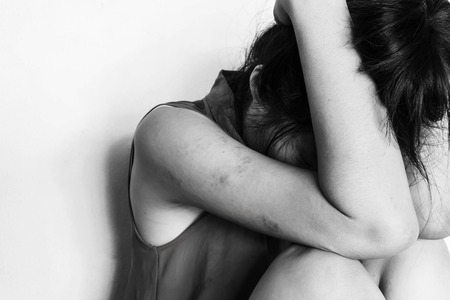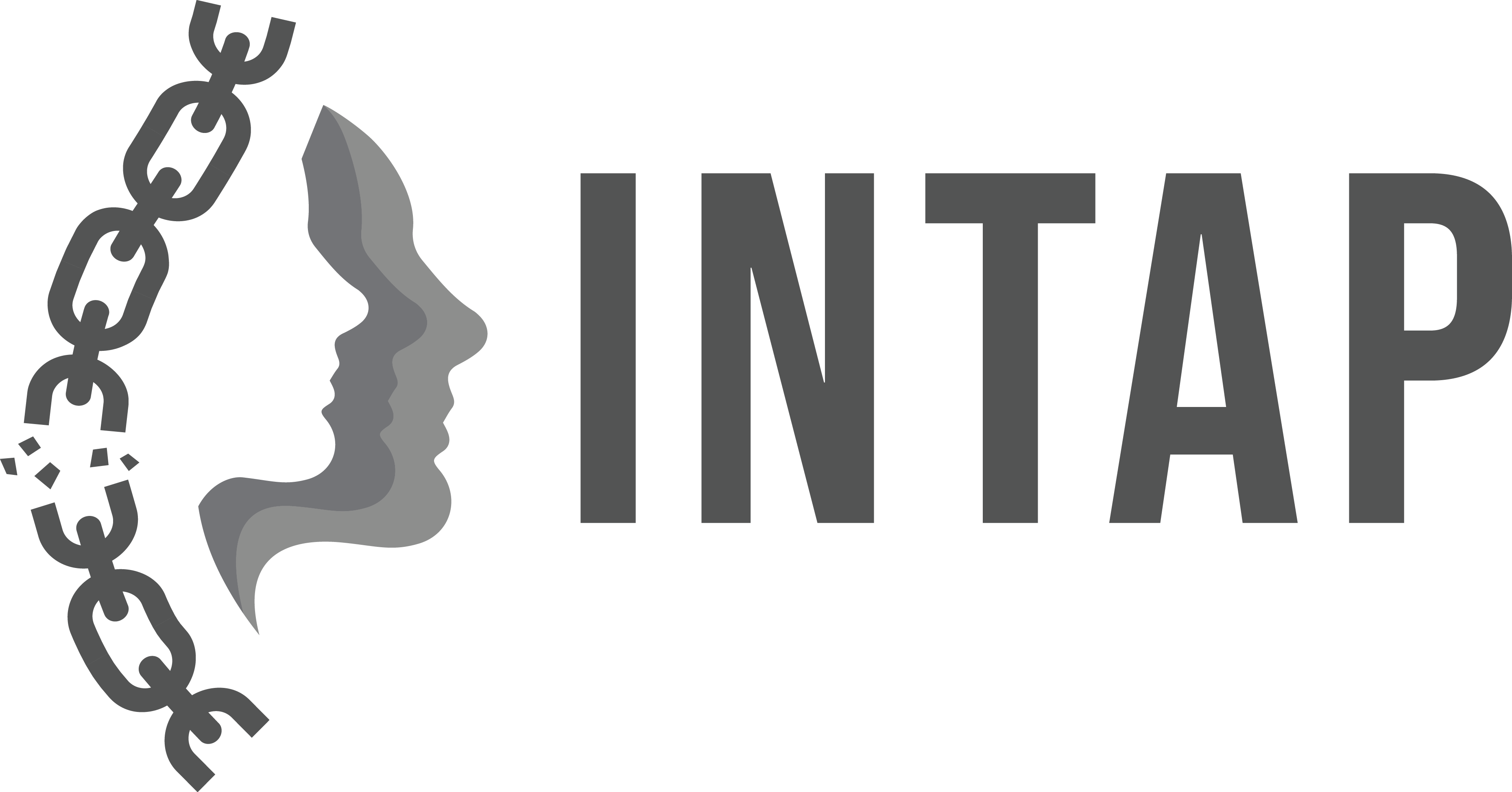What is human trafficking
The UN-Protocol to Prevent, Suppress and Punish Trafficking in Persons (A/RES/55/25) (also known as the “Palermo Protocol”) defines human trafficking on the basis of three fundamental and interrelated criteria. This definition was also the basis for the EU Directive on preventing and combating trafficking in human beings and protecting its victims (2011/36/EU).
1. Act – What is the act?
Recruitment, transportation, transfer, harboring or receipt of persons
2. Means – How did it occur?
Through the threat or use of force or other forms of coercion, abduction, fraud, deception, the abuse of power or of a position of vulnerability, or the giving or receiving of payments or benefits to achieve the consent of a person having control over another person
3. Purpose – To what end was the victim trafficked?
Exploitation of the victim, which includes, at a minimum, the exploitation of the prostitution of others or other forms of sexual exploitation, forced labour or services, slavery or practices similar to slavery, servitude or the removal of organs
Human trafficking, therefore, describes a process constituting certain acts over a period of time and not only a single act at a certain time. The initial consent of a victim is hereby irrelevant, if one of the afore mentioned means has been used.
The European Commission states that human trafficking has a ‘detrimental effect on individuals, society, and the economy’ and is a ‘gross violation of fundamental rights, and is explicitly prohibited under the Charter of Fundamental Rights of the European Union’1.
Traffickers exploit their victim´s vulnerability (poverty, lack of access to education, ethnic conflicts, etc.) to gain a financial advantage. They usually do not act alone but within a criminal organisation (organised crime). Traffickers are often related to one another within criminal organisations or belong to the same ethnic group. Often times, a criminal organisation is present in more than one country and thus facilitates international human trafficking. Relatedly, they often abuse channels of irregular migration for their purposes and thus exploit asylum systems in the EU, which were created for humanitarian purposes. Unfortunately, in 2016, the EU stated that the number of prosecutions and convictions against such activity is ‘worryingly low’1.
In Western and Southern Europe, human trafficking for the purpose of sexual exploitation is by far the most prevalent form of trafficking: 66% of all detected victims of human trafficking were trafficked for the purpose of sexual exploitation. 90% of those trafficked for the purpose of sexual exploitation are women or girls 2. 35% of all in the EU detected victims are non-EU citizens. The top two countries of origin of these victims are Nigeria and China.1 INTAP therefore specifically focuses on the integration of Nigerian and Chinese survivors.
> Read more about Nigerian Survivors.
> Read more about Chinese Survivors.
1 European Commission: Report on the progress made in the fight against trafficking in human beings (2016), online: https://ec.europa.eu/anti-trafficking/sites/antitrafficking/files/report_on_the_progress_made_in_the_fight_against_trafficking_in_human_beings_2016.pdf
2 UNODC: Global Report on Trafficking in Persons 2018, online: https://www.unodc.org/documents/data-and-analysis/glotip/2018/GLOTiP_2018_BOOK_web_small.pdf



